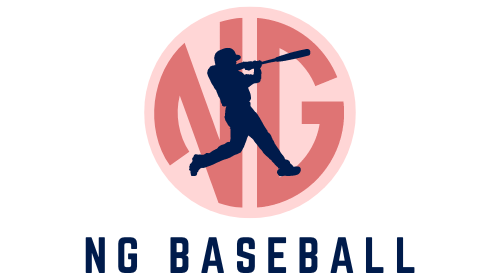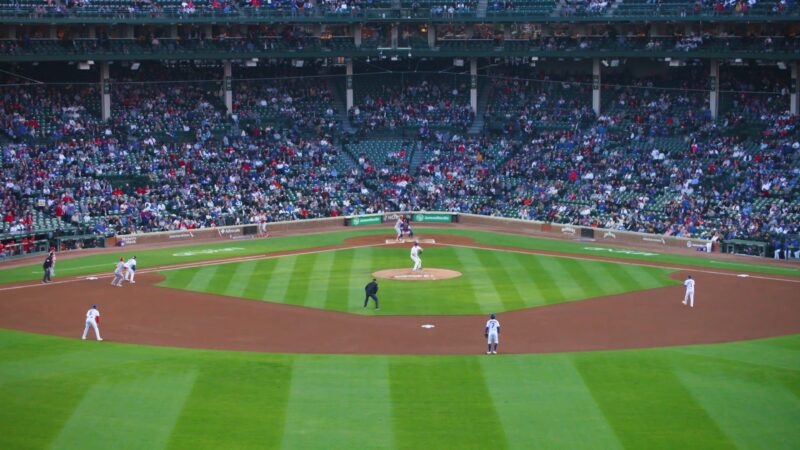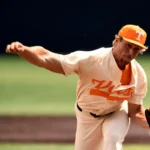Baseball, often referred to as America’s pastime, is a game rich in history, strategy, and nuance. One of the most thrilling and strategic plays in the game is the double play.
For individuals who are new to baseball or even longtime fans, the numbers linked to a double play may be confusing. In this article, we will explore the concept of double plays in-depth and decipher the numerical aspects related to them.
Basics
The double play is one of baseball’s most strategic and game-changing plays. At its core, a double play is a defensive maneuver where two outs are achieved within the span of one continuous play.
Imagine this: the batting team has a runner on first base, and they’re looking to build momentum. The batter hits the ball, and within seconds, both he and the runner on first are out.
That’s the magic of a double play. The significance of a double play cannot be overstated.
Not only does it bring about two outs in rapid succession, but it also has a psychological impact. For the batting team, it can be a demoralizing event, seeing their momentum halted so abruptly.
For the defensive team, it’s a massive boost, often helping them escape potentially tricky situations and putting them in a commanding position.
Decoding the Numbers
Baseball, with its rich history, has developed a unique system of recording plays, especially double plays. This system uses numbers to represent each player’s position on the field, excluding the batter.
Here’s a breakdown:
- Pitcher: The player who throws the ball toward the batter.
- Catcher: Positioned behind the batter, they catch pitches that aren’t hit.
- First Baseman: Guards the first base and often receives throws from other fielders to get runners out.
- Second Baseman: Positioned between first and second base, they play a pivotal role in many double plays.
- Third Baseman: Guards the third base and is crucial for plays at that base.
- Shortstop: Positioned between second and third base, they’re often the most agile players on the field.
- Left Fielder: They cover the left side of the outfield.
- Center Fielder: Positioned in the center of the outfield, they often cover the most ground.
- Right Fielder: They cover the right side of the outfield.
When you come across terms like “6-4-3 double play,” it’s essentially a shorthand narration of the play. The sequence starts with the shortstop (6) who fields the ball and throws it to the second baseman (4).
The second baseman then quickly relays it to the first baseman (3), achieving the double play. This numeric system allows fans, players, and analysts to quickly understand the sequence of events in a play, making the game more accessible and enjoyable.
Common Double Plays Explained
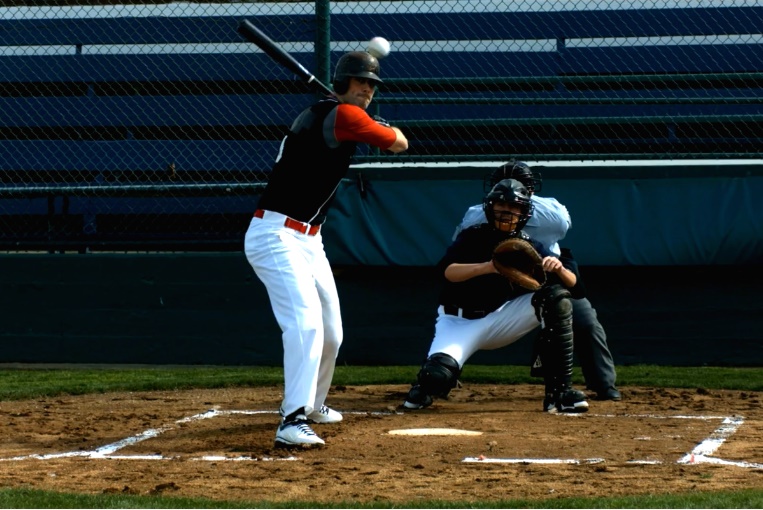
6-4-3 Double Play
Often referred to as the “classic” double play, the 6-4-3 is a staple in baseball highlights. When a ball is hit towards the shortstop, they quickly scoop it up and throw it to the second baseman.
The second baseman, with agility and precision, catches the ball, taps second base to get the runner out, and then swiftly relays it to the first baseman to get the batter out. This play is a perfect example of the chemistry required between the shortstop and second baseman.
Their positions, though distinct, often overlap in the realm of double plays, making their partnership on the field crucial.
4-6-3 Double Play
A mirror image of the 6-4-3, the 4-6-3 starts with the second baseman. When the ball is hit in their direction, they field it and throw it to the shortstop covering second base.
After making the out at second, the shortstop then throws to the first baseman to complete the double play. This play showcases the versatility and adaptability of infielders, as they can switch roles depending on the situation.
5-4-3 Double Play
The 5-4-3 double play involves the third baseman initiating the action. When a ball is hit towards the third base, the third baseman fields it and throws it to the second baseman.
The second baseman then quickly turns and relays the ball to the first baseman. This play is particularly challenging due to the longer throw required from third to second base, making the speed and accuracy of the third baseman’s throw crucial.
3-6-1 Double Play
One of the more unconventional double plays, the 3-6-1, starts with the first baseman. Upon fielding a ground ball, the first baseman throws it to the shortstop covering second base.
Instead of throwing it back to the first baseman, the shortstop then relays the ball to the pitcher, who has to sprint to cover first base. This play requires exceptional coordination, especially from the pitcher, who isn’t typically involved in fielding double plays.
Beyond the Ground Ball
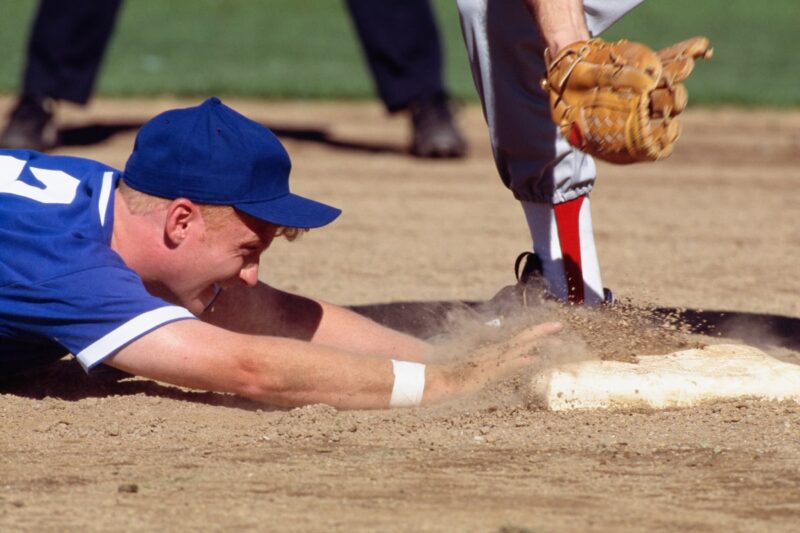
While the aforementioned double plays predominantly result from ground balls, baseball is a game of infinite possibilities, and double plays can arise from fly balls as well. The “reverse force double play” is one such instance.
In this scenario, an outfielder catches a fly ball for the first out. If a runner, thinking the ball won’t be caught, tries to advance to the next base without tagging up, they can be thrown out when the ball is relayed back to the base they left. This creates a unique and unexpected double play, catching both the runner and often the spectators by surprise.
It’s a testament to the multi-dimensional nature of baseball, where any ball in play has the potential to create memorable moments.
The Importance of Double Plays
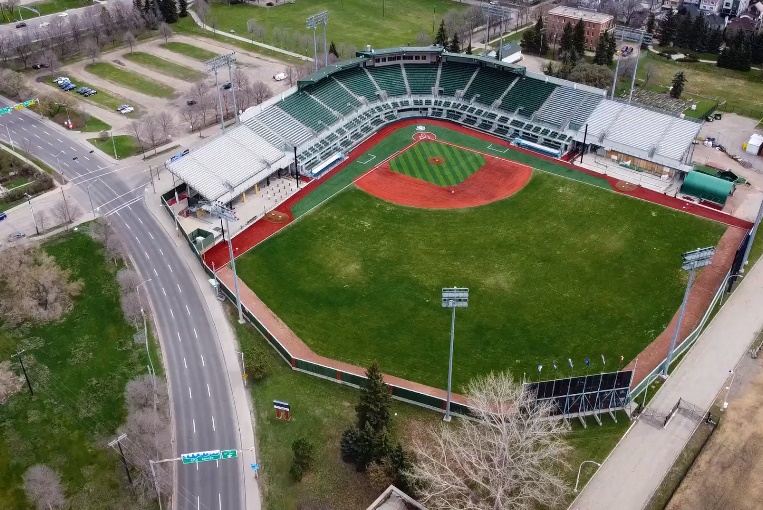
Double plays are more than just outs; they’re momentum shifters. They can demoralize the opposing team while energizing the defense.
Moreover, for a pitcher, a double play can be a saving grace, turning a potentially dangerous situation into a manageable one.
Preventing the Double Play
For teams on offense, avoiding the double play is crucial. Batters can:
- Hit the ball in the air: Elevating the ball reduces the chance of a ground ball double play.
- Hit to the opposite field: This gives runners a head start, making it harder for the defense to turn two.
Defensively, awareness and communication are key. Fielders should always be aware of the game situation and potential threats on the base paths.
FAQ
Can a double play involve just two players?
Yes, some double plays only involve two players. For instance, a “3-6” double play might occur when the first baseman (3) fields a ground ball, tags first base for the first out, and then throws to the shortstop (6) to tag out a runner trying to advance to second base.
How do catchers get involved in double plays?
Catchers can initiate double plays in situations like a “2-6” play, where the catcher (2) throws to the shortstop (6) to catch a runner attempting to steal second after a strikeout, resulting in two outs.
Is it possible for a double play to involve only one player?
Yes, a solo double play can occur. For instance, a “3” double play might happen when the first baseman (3) catches a line drive (first out) and then tags a runner who had strayed too far from the base (second out).
What is a “4-3” double play?
A “4-3” double play involves the second baseman (4) fielding the ball and throwing it directly to the first baseman (3) to get two runners out, one at second and one at first.
How do outfielders communicate during a potential double play?
Outfielders typically shout instructions or use hand signals to indicate where to throw the ball. They must be aware of the base runners’ positions and decide quickly which base to throw to for the best chance at a double play.
Final Thoughts
The double play, with its unique combination of skill, strategy, and teamwork, encapsulates the beauty of baseball. By understanding the numbers and mechanics behind it, fans can further appreciate the game’s intricacies and the players’ skills.
Whether you’re a seasoned baseball enthusiast or a newcomer, the next time you witness a double play, you’ll know exactly what’s unfolding before your eyes.
